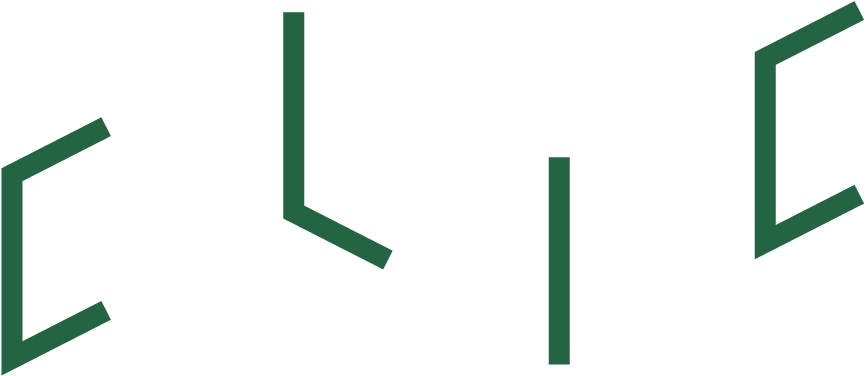Highly Optimized Energy Systems (HOPE)
Project was co-financed by Business Finland. It started in 2020 and ended in 2023.
HOPE (Highly Optimized Energy Systems) was a research and innovation project that developed tools for the multi-objective optimization of integrated energy systems. The project responded to the growing complexity and uncertainty in energy production and consumption caused by renewable energy and active demand-side participation.
Project in Brief
HOPE aimed to develop intelligent tools and solutions to optimize energy systems under real-world conditions. By integrating advanced weather forecasts, real-time data, and system-level control, the project enabled more flexible, efficient and resilient energy networks. Key themes included:
-
System-level optimization that considers varying energy network conditions and distributed weather patterns.
-
Forecasting, modeling, monitoring and control to manage complexity and uncertainty.
-
Integration of heat and electricity across production, distribution, and consumption.
The HOPE consortium emphasized collaborative solutions where system-level optimization and power plant control go hand-in-hand. Pilot platforms in Espoo and Oulu allowed testing under real-life operating conditions.
Work Packages
Focused on acquiring high-quality data from sources like weather, markets, and energy networks.
Developed improved forecasts and control strategies for energy devices using all available data.
Researched multi-criteria optimization for scalable solutions in complex environments.
Explored business opportunities, cost-benefit evaluations, and scenario development for service providers.
Pilot Platforms
Espoo, Finland’s second-largest city, is transforming its district heating towards carbon neutrality in the 2020s together with Fortum. Key technologies include excess heat recovery, renewable electricity, geothermal energy, and bioenergy. Artificial intelligence is used to optimize district heating operations.
Espoo pilot in HOPE:
Fortum’s district heating system in Espoo served as a testbed for integrating AI and smart control in a real-world, large-scale environment.
Developed improved forecasts and control strategies for energy devices using all available data.
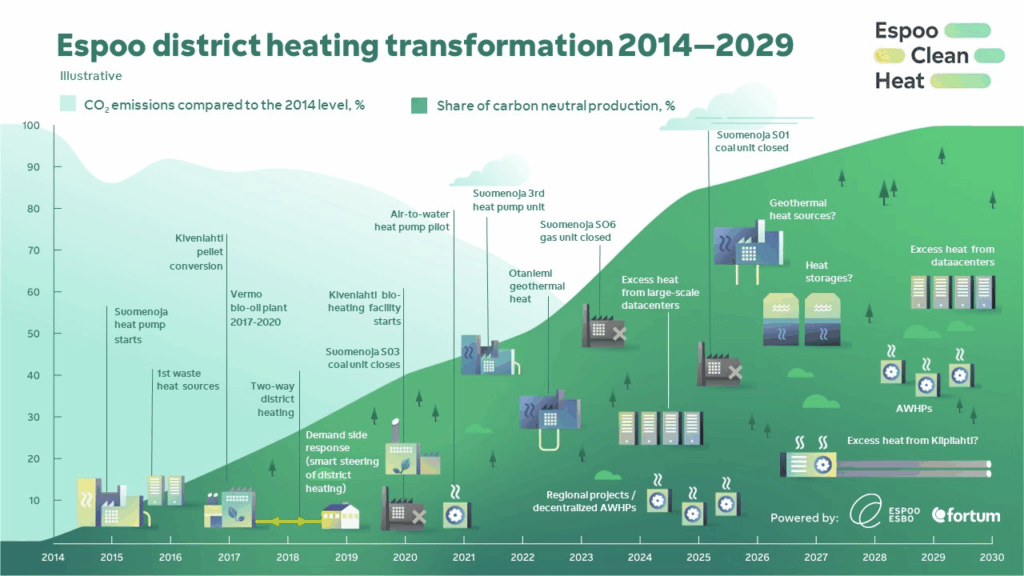
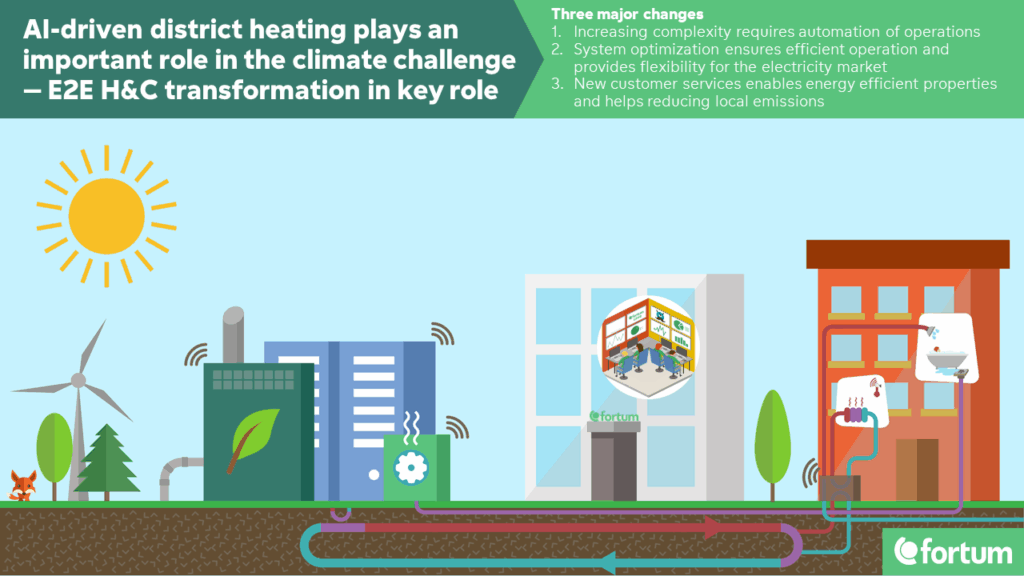
Oulu, the largest city in Northern Finland, is working with Oulun Energia to reduce heat transfer losses in district heating. The project introduces lower supply temperatures and network-level optimization. The network is also being prepared for decentralized, carbon-neutral energy production.
Oulu pilot in HOPE:
The city’s heating system was used to demonstrate how modern control methods can support efficient and sustainable energy distribution.
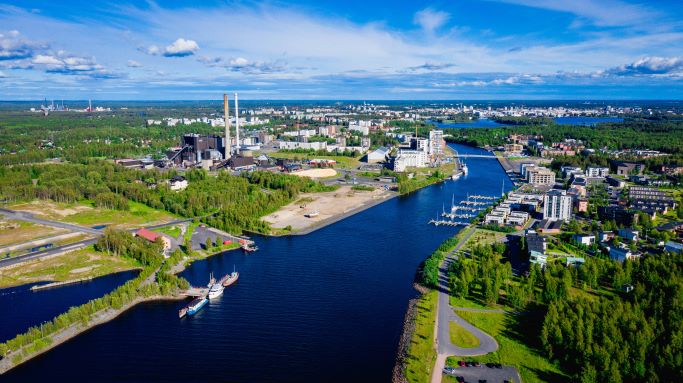
Partners
Industrial partners with parallel R&D projects:
- Oulun Energia
- Fortum
- ABB
- Single Wing Energy
- HögforsGST
- Fidelix
- Vexve
Advisory Board participants:
- Valmet Automation
- Sumitomo SHI FW
- Vaisala
- Oilon
Research organizations:
- University of Oulu
- Finnish Meteorological Institute (FMI)
- LUT University
- VTT
- Finnish Environment Institute (SYKE)
Benefits and Competitive Advantages
-
Modular optimization tools adaptable to different energy systems
-
Advanced predictions and real-time adaptation to system conditions
-
Integration of heat and electricity unlocks new synergies
-
Strong foundation for new platform-based business models
-
Supports EU’s 2030 climate and energy targets
Market Potential
HOPE’s results provide a basis for global commercialization. The project aims to enable over €1 billion in new revenue within ten years after completion, driven by scalable solutions and new services.
Contact

Pia Salokoski
Head of Energy, currently also Coordinator of the Hydrogen Cluster Finland
Tel. +358 400 476 626
pia.salokoski(at)clicinnovation.fi
